CHAM ISLAND SIGHTSEEING – SNORKELING TOUR
The Cham Islands (Vietnamese: Cù lao Chàm) constitute a group of 8 small islands of Quảng Nam, which form a part of the Cu Lao Cham Marine Park, a world Biosphere Reserve recognized by UNESCO, in the South China Sea (East Sea) in Vietnam. The islands are approachable from Cửa Đại beach. The islands are also recognized as Vietnam’s national scenic site.
The islands grouped under the Cham Islands are: the Hòn Lao (Pearl), Hòn Dài (long), Hòn Mồ (tomb), Hòn Khô mẹ, Hòn Khô con (dry), Hòn Lá (leaf), Hòn Tai (ear) and Hòn Ông (east wind). The Cham Islands are under the administration of Tân Hiệp Commune of Hội An city in Quảng Nam Province.
The occupation of the people of the islands is mainly fishing.
Cu Lao Cham Islands’ ancient landscape offers many sand beaches, forested hills and the sea. Facilities for camping, swimming and scuba diving are available. The corals and marine life are an attraction in these island waters.
Cu Lao Cham island group is a lower extension in SE of the granite block named Bach Ma – Hai Van – Son Tra belonging to the Hai Van complex of early Triassic age, mainly composed of biotite granite and two-mica granites
The agglomeration of the one large island surrounded by seven small islands cover a sea area of 15 square kilometres (5.8 sq mi); located in South East Asia Sea, 16 kilometres (9.9 mi) from the coast and 19 kilometres (12 mi) to the east of ancient Hội An town.
Archaeologists claim that Cham Islands were first settled by Cham people about 3,000 years ago. However, business contacts were established with other countries about 1,000 years ago. The Cham islands were used for transhipment to the mainland by the Cham. Many architectural monuments dated to the 18th and 20th century are reported, which include the Than Yen Sao shrine built in 1843 at Bai Huong, and the Hai Tang Pagodas built in 1753 on the western hillside of Hon Lao. Small monuments, dikes, and basins to grow rice on terraces are also seen in the interior forest areas.

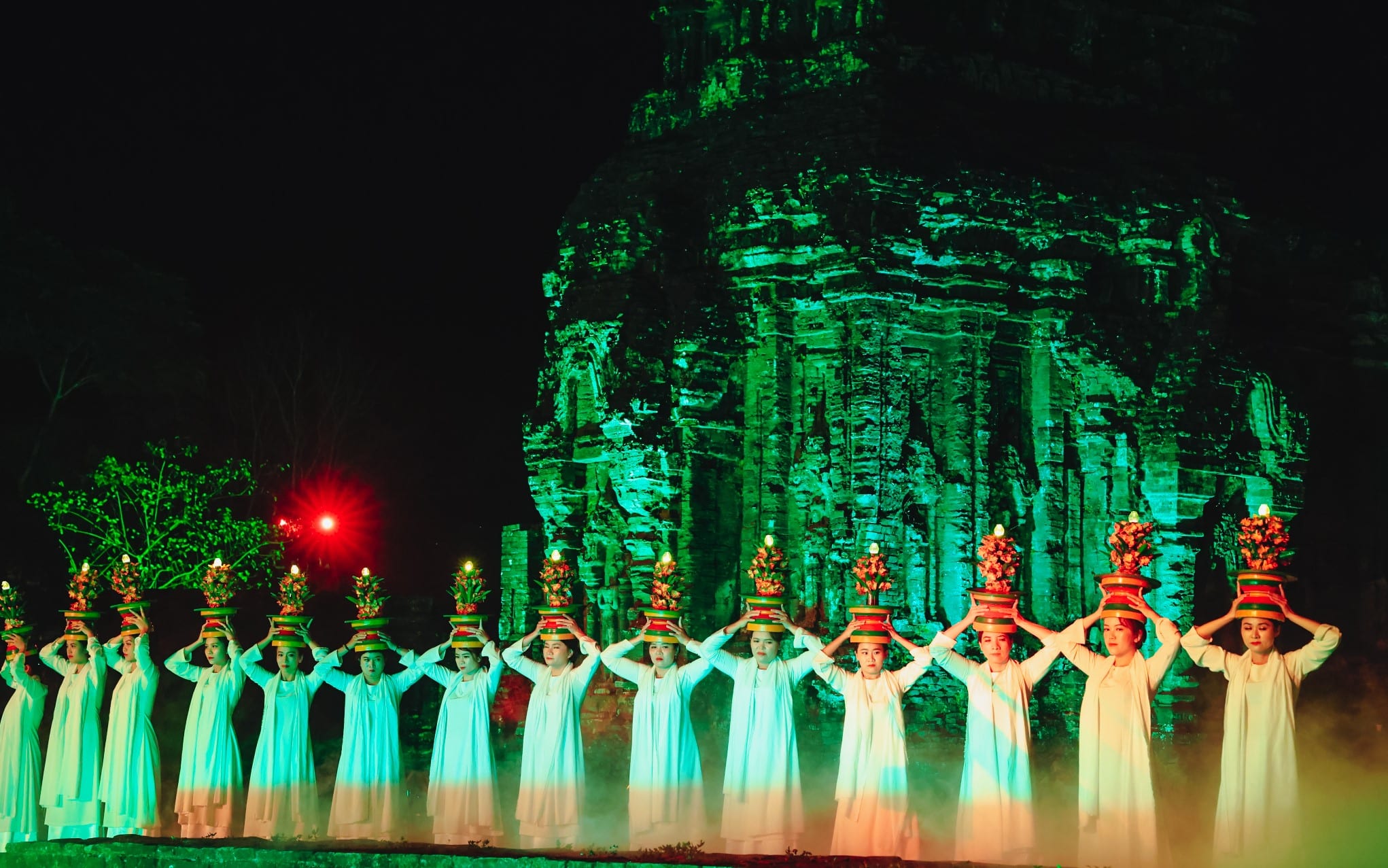
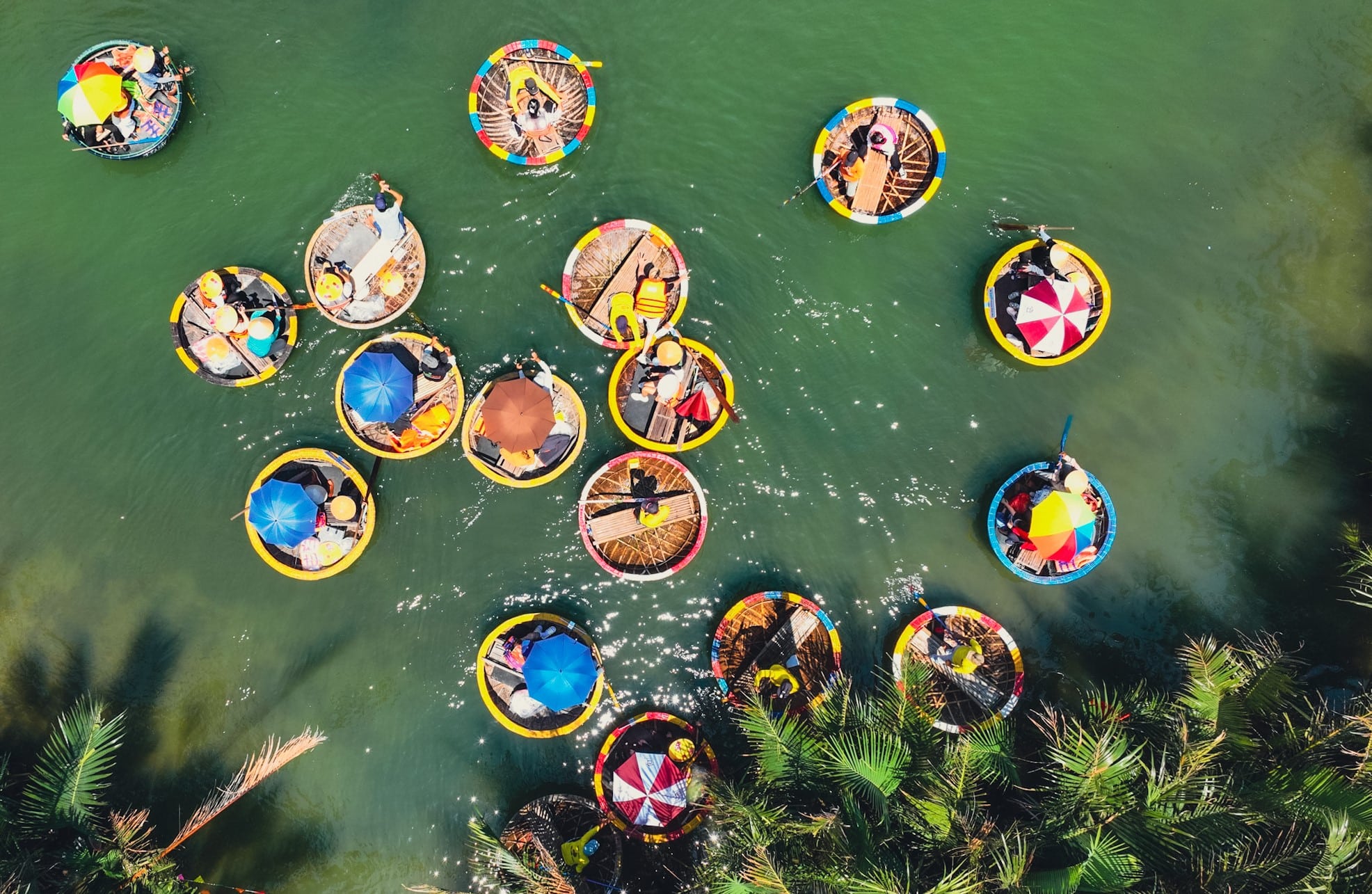
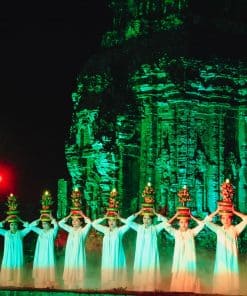




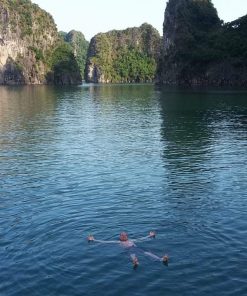

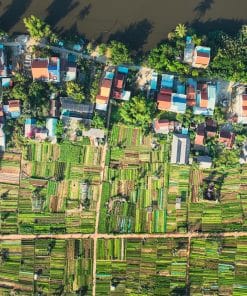
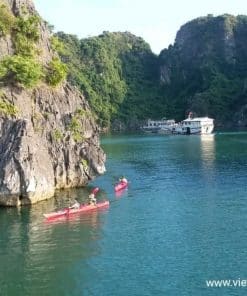
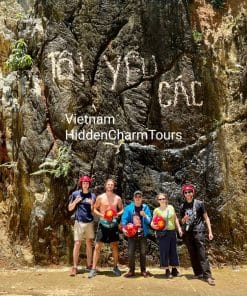

Reviews
There are no reviews yet.